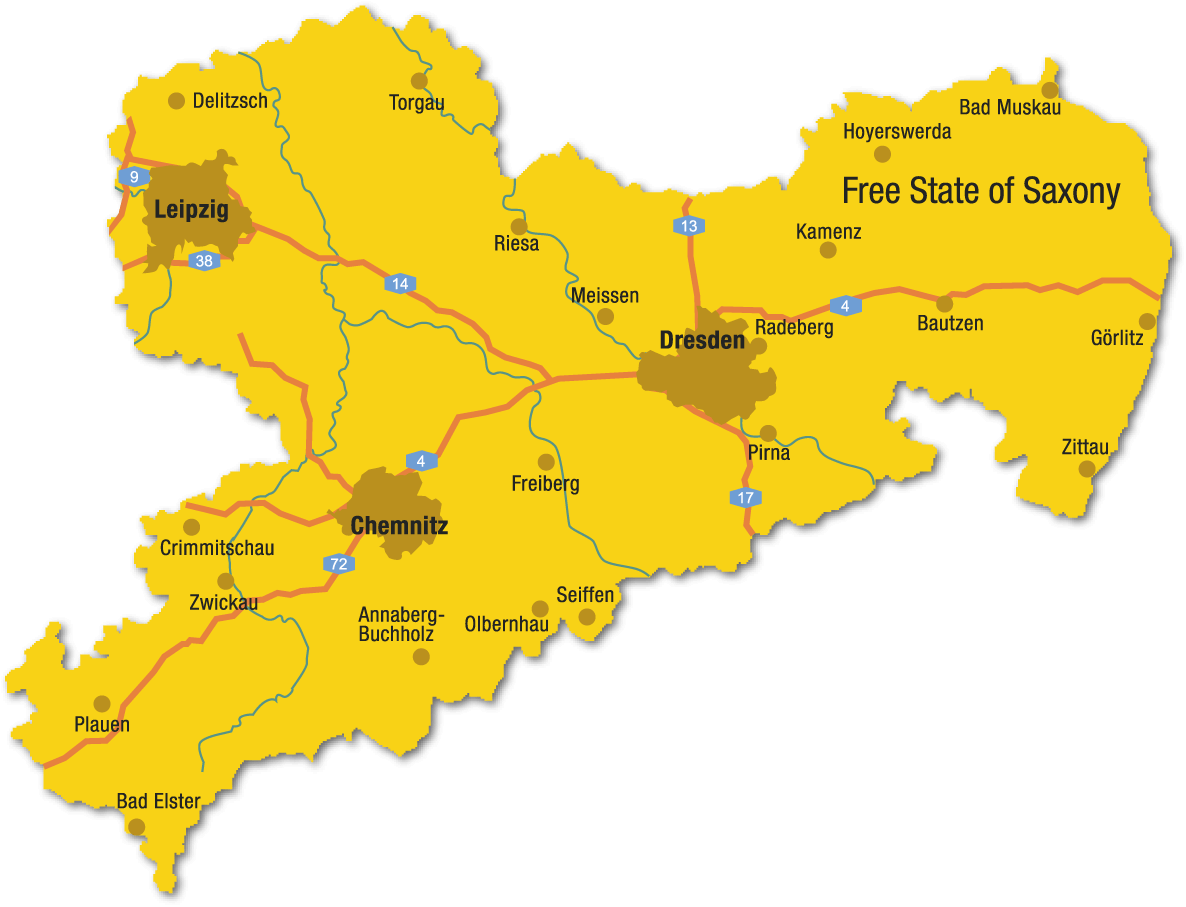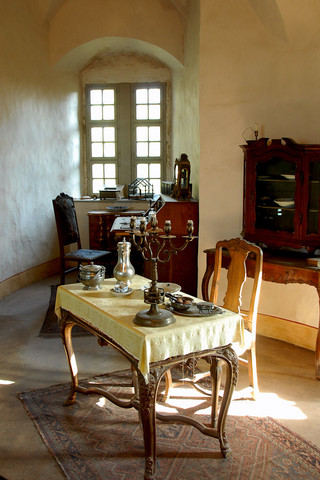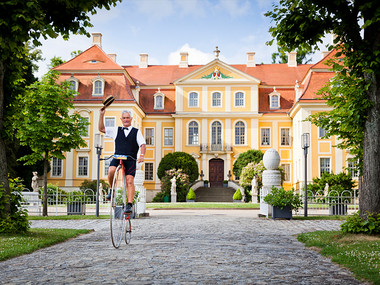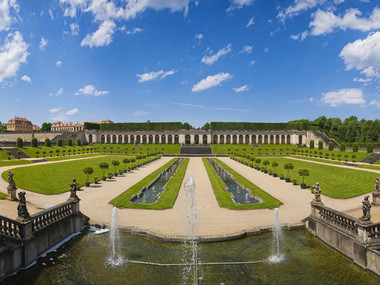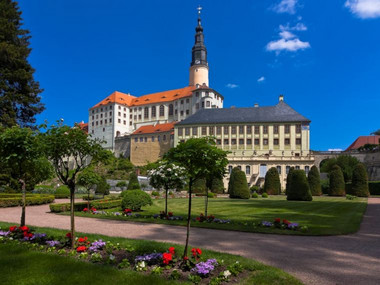The culturally and historically significant monument of Stolpen Castle has always been of importance to the country’s history, both as a secondary residence of the Meissen bishops and during the time of electoral rule. Depending on the requirements and possibilities of the respective eras, the castle was permanently subject to structural changes. It saw its conversion into Stolpen Palace, became a fortress and represents itself partially as a ruin today. Its master builders had to take into account the castle’s fortification purposes at all times.
The basalt mountain of Stolpen counts among the most important volcanic rock deposits in the Saxon-North-Bohemian region and is regarded a natural monument and »National Geotope«. The castle well of a depth of almost 85 meters is the deepest well on Earth ever driven into basalt and left in natural stone (unsupported).
Stolpen used to be situated in the border area of the Meissen Margraviate and the territories east of the Elbe River, inhabited by the Slavs. First, unproven evidence of fortifications on the basalt mountain date back to 1100. The name ‘Stolpen’ is of Slavic origin and means as much as ‘pillar’ or ‘place of pillars’.
For almost 350 years thereafter, 24 Meissen bishops ruled Amt Stolpen, the administrative office to manage the territory, which came into being around 1320. The bishop’s seat of the Meissen Bishopric remained on the Meissen castle mountain. Some bishops, however, resided on Stolpen for longer periods and with their extensive courts. All castle buildings preserved to this day date back to the late-Gothic period and were erected under episcopal master builders. The main building material used in construction was the very hard bluish-black basalt found locally.
Saxony’s Wettin electors realized the strategic importance of Stolpen. On occasion of a feud between the electoral stable master and the Meissen bishop over a testament, Elector Augustus, the country’s superior protector, forced the bishop to exchange his Amt Stolpen for electoral Amt Muehlberg, at the loss of sovereignty. The new owner was busy starting extensive building activities at the castle in the style of Renaissance. Residential rooms were gorgeously painted and some of them pompously equipped.
By being converted into a fortress in 1675, Stolpen received increased military importance. After the end of the Augustinian Age in 1763, the garrison was dissolved. Two years later, Stolpen’s most famous captive, Countess Cosel, died at the fortress, aged almost 85. The most well-known mistress to Saxon Elector and Polish King Augustus the Strong had spent 49 years of her life at Stolpen against her will. Her burial place is located inside the Stolpen Castle Chapel.
The castle was left to increasing decay. Soon, in 1773, first parts of the castle were demolished due to the hazard of imminent collapse. In the 19th century, antiquarian associations began taking care of the castle ruins and first restoration works commenced. The castle has been a museum since 1875. In 1992, the castle was returned to the ownership of the Free State of Saxony to be managed as a state-run castle operation. Since that time, extensive redevelopment and restoration measures have been undertaken under the auspices of the Free State with the goal to boost Stolpen Castle’s attractiveness for visitors and to safeguard the historic structure that was partially in ruins. With effect from 1 January 2013, it was converted into a non-profit-making limited liability company.
An average of approximately 100,000 visitors a year come and see Stolpen Castle today. Apart from the daily museum operation, an extensive program of events invigorates the castle. The historic Granary with its original wooden-beam architecture as well as the unique flair of the castle yards make each event a grand experience.
Contact
Stolpen Castle
Schloßstraße 10 | 01833 Stolpen
Property of State Palaces, Castles and Gardens of Saxony, non profit
+49 (0) 35973 234-10
stolpen@schloesserland-sachsen.de
Admission & opening hours
Admission:
- Full rate 8,00 EUR
- Reduced rate 7,00 EUR
Opening hours
Subject to modifications.
